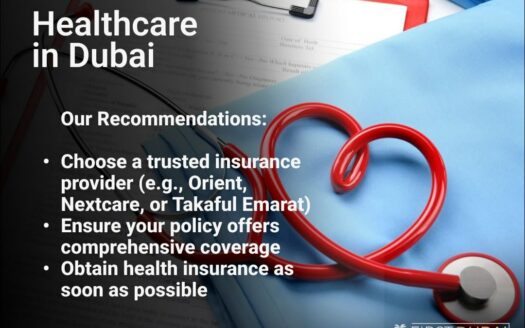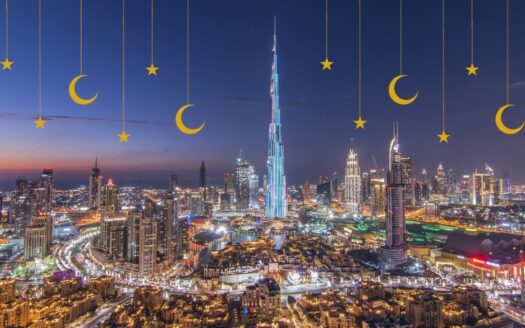Dubai to expand metro system
The Dubai Metro is a modern and unique transportation system that helps residents and tourists navigate the city quickly and conveniently.
However, it faces challenges such as insufficient coverage of residential areas, high load on existing lines, and a limited number of stations and transfers.
Dubai authorities plan to actively develop the metro in the coming years. This article will outline the city’s plans to expand the metro network, its impact on neighborhood investment attractiveness, and passenger benefits.
Currently, Dubai has two metro lines: red and green. The metro lines in Dubai run along the Persian Gulf coast, connecting the city’s main business and tourist areas. The red line follows Sheikh Zayed Road, the main traffic artery of Dubai, while the green line passes through the historic center of the city.
The red line 🔴 has 29 stations and covers a distance of 52.1 km,
while the green line 🟢 has 20 stations and covers a distance of 22.5 km.
The metro system is set to expand with the construction of three new metro lines and one streetcar line by 2030, according to the Dubai Road and Transport Authority (RTA). The Etihad Rail will connect all six emirates of the UAE and run through this emirate. The new metro system will include two lines: the Blue Line and the Gold Line. The Blue Line will span 47 kilometers and have 11 stations, connecting Al Maktoum Airport to the Dubai Marina area with an interchange to the Red Line at Nakheel Harbour and Tower station. The Gold Line will cover 15 kilometers and have 7 stations, passing through central areas of the city such as Business Bay, Downtown Dubai, Al Quoz, and Al Barsha.
The Purple Line will run parallel to the Red Line but on the opposite side of Sheikh Zayed Road. It will serve areas such as Jumeirah Village Circle, Dubai Hills Estate, and Meydan. The line will be 49 kilometers long and have 8 stations.
The Al-Sufu streetcar line will be circular, running around the rapidly growing Al-Sufu neighborhood in Dubai. It will span 12 kilometers and have 19 stations.
In Dubai, Etihad Rail will have two stations: Jebel Ali Port and Dubai Industrial City. The rail system will transport both freight and passengers throughout the UAE, as well as connect the country with neighboring states.
Passengers and investors will benefit greatly from these new transportation options. The new metro lines will provide benefits for passengers and investors.
Improved accessibility to residential areas: The new metro lines will enable residents in dormitory areas to reach the city center and other points of interest without having to use cars or cabs. This will save time, money, and reduce air pollution.
Additionally, the new subway lines will increase the investment attractiveness of the neighborhoods through which they will pass, leading to an increase in demand for real estate. Housing located near metro stations will be in high demand among tenants and buyers due to the ease of transportation and access to infrastructure. As a result, real estate prices in these areas are likely to increase.
The development of tourism will also benefit from the new metro lines, as they will enhance the ability of tourists to visit various attractions in the city, such as the Burj Khalifa, Palm Jumeirah, and the Museum of the Future. This is expected to attract more tourists to Dubai and increase tourism revenue.
New metro lines contribute to the economic growth of the city by creating jobs, improving connectivity between economic sectors, and speeding up the movement of economic agents between different parts of the city.
The Dubai metro is one of the most advanced and efficient means of transportation in the world. The city’s development in the coming years will increase its appeal to tourists and investors worldwide, making it more comfortable, attractive, and promising.
Passengers and investors will benefit greatly from these new transportation options.




